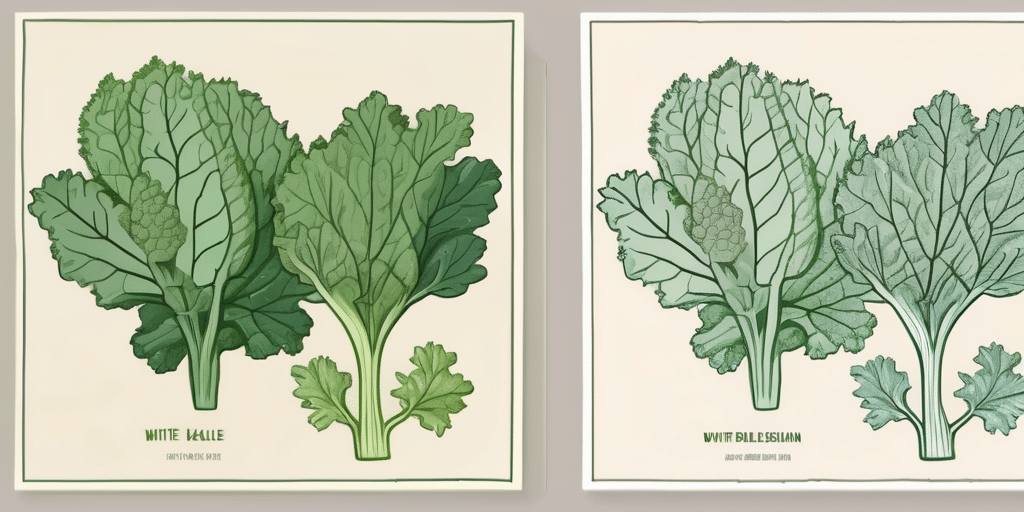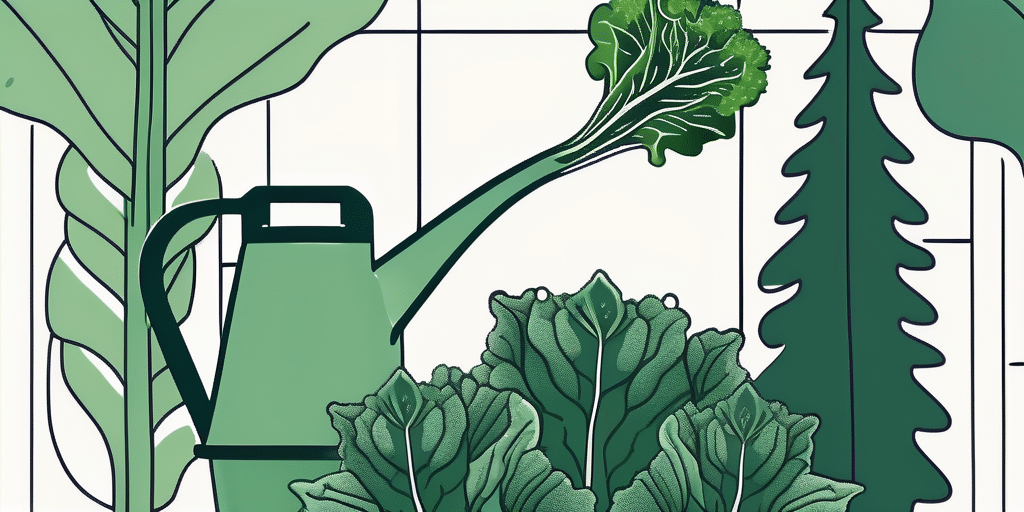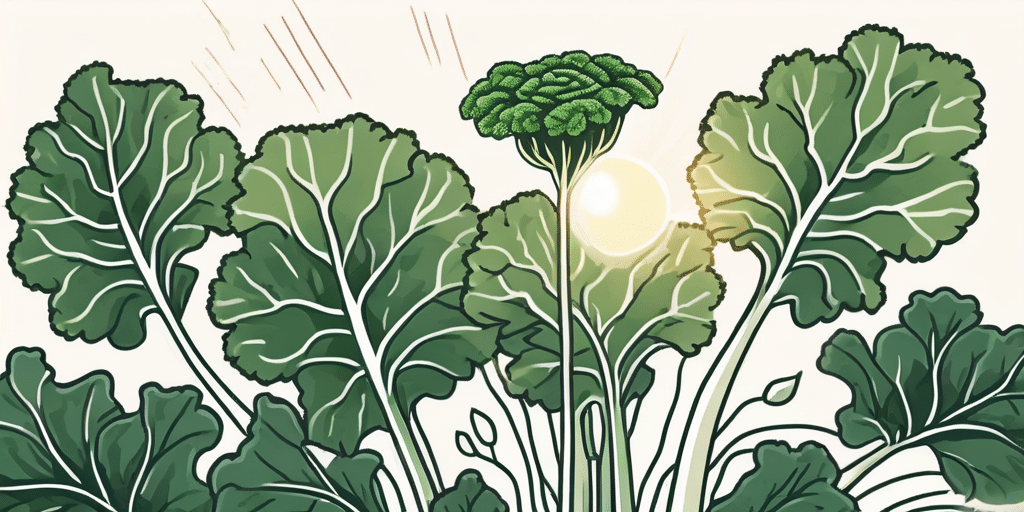Are you a gardening enthusiast in Oregon looking to grow your own Red Russian Kale? Well, you’re in luck! In this article, we’ll guide you through everything you need to know about planting and growing this nutritious leafy green in the beautiful state of Oregon.
Climate & Hardiness Zones in Oregon
Oregon is known for its diverse climate, ranging from cool and moist coastal regions to hot and arid valleys in the eastern part of the state. The western part of Oregon, including cities like Portland and Astoria, experiences mild temperatures and high precipitation due to its proximity to the Pacific Ocean. This maritime influence results in relatively stable temperatures year-round, making it ideal for growing a variety of crops.
On the other hand, the eastern part of Oregon, which includes cities like Bend and Ontario, has a more continental climate with hot summers and cold winters. This region is characterized by its wide temperature variations and lower precipitation levels, creating a challenging environment for certain plants to thrive.
It’s important to understand your specific hardiness zone to ensure successful kale cultivation. The USDA provides a helpful hardiness zone map that can assist you in determining which zone you reside in. By knowing your zone, you can select plants that are well-suited to your area’s climate and temperature range, increasing the likelihood of a bountiful harvest.
When to Plant Red Russian Kale in Oregon
The ideal time to sow Red Russian Kale seeds in Oregon is during the early spring when the soil temperature reaches around 50°F (10°C). This usually falls between late March and early April. However, keep in mind that kale is a cold-hardy vegetable and can tolerate light frosts, so you can also plant it in the fall, around late August to early September.
Before planting, prepare the soil by loosening it with a garden fork or tiller. Kale plants prefer well-drained soil rich in organic matter. If your soil is heavy or has poor drainage, consider adding compost or other organic amendments to improve its quality.
Red Russian Kale, also known as Ragged Jack Kale, is a variety that is prized for its tender, sweet leaves and unique purple stems. This heirloom variety is not only a nutritious addition to your garden but also adds a pop of color to your landscape. Its leaves are not only delicious in salads but can also be sautéed, steamed, or added to soups for a nutritious boost.
Step-by-step Guide – Planting Red Russian Kale Seeds:
- Choose a sunny or partially shaded spot in your garden and remove any weeds or debris.
- Sow the seeds about ¼ to ½ inch (0.6 to 1.3 cm) deep, spacing them 12 to 18 inches (30 to 45 cm) apart. You can either sow them directly into the ground or start them in containers indoors and transplant them later.
- Water the newly planted seeds gently but thoroughly.
- Keep the soil consistently moist but avoid overwatering, as excess water can lead to rot or disease.
When to Harvest or Pick Red Russian Kale in Oregon
After patiently caring for your Red Russian Kale plants, it’s time to reap the rewards and harvest your bountiful crop. But how do you know when your kale is ready for picking?
Red Russian Kale matures in about 50 to 60 days after planting, but you can start harvesting the leaves when they reach a desirable size, typically around 4 to 6 inches (10 to 15 cm) long. It’s important to note that kale leaves become more tender and sweeter after a light frost.
To harvest your Red Russian Kale, use a pair of sharp garden shears or scissors to cut the outer leaves, starting from the bottom of the plant and working your way up. Leave the central leaves untouched to allow for continued growth.
When harvesting Red Russian Kale in Oregon, it’s essential to consider the local climate and weather conditions. Oregon’s mild, maritime climate provides an ideal environment for kale cultivation, with cool temperatures and abundant rainfall contributing to the plant’s growth. However, excessive heat during the summer months can cause kale leaves to become bitter and tough, so harvesting in the cooler parts of the day is recommended.
Additionally, to ensure a continuous harvest throughout the growing season, practice staggered planting by sowing new seeds every few weeks. This method will provide you with a steady supply of fresh kale leaves and prevent a glut of mature plants all ready for harvest at once.
Frequently Asked Questions
Q: How often should I water my Red Russian Kale plants?
A: Red Russian Kale thrives with consistent moisture, so it’s important to water it regularly. Aim to provide about 1 inch (2.5 cm) of water per week, either through rainfall or supplemental irrigation.
It’s also worth noting that the best time to water your Red Russian Kale plants is in the morning, allowing the foliage to dry out during the day. This practice can help prevent the development of fungal diseases that thrive in moist conditions.
Q: Can I grow Red Russian Kale in containers?
A: Absolutely! Red Russian Kale can be successfully grown in containers, making it an ideal choice for urban gardeners or those with limited space. Ensure that your containers have good drainage and provide sufficient sunlight.
When growing Red Russian Kale in containers, consider using a high-quality potting mix rich in organic matter to provide essential nutrients for the plants. Additionally, regular fertilization every 3-4 weeks can help maintain the vigor and productivity of your container-grown kale.
Q: Are there any pests or diseases I should watch out for?
A: While Red Russian Kale is relatively resistant to pests and diseases, it’s not completely immune. Keep an eye out for common kale pests like aphids and cabbage loopers. Regularly inspect your plants and take appropriate measures, such as manual removal or using organic insecticides or insecticidal soap, if necessary.
Another potential issue to watch for is powdery mildew, a fungal disease that can affect kale plants. To prevent powdery mildew, ensure good air circulation around your plants and avoid overhead watering. If powdery mildew does appear, consider using a neem oil spray as a natural remedy.
With these tips in mind, you’re well-equipped to embark on your Red Russian Kale growing journey in Oregon. Happy planting and delicious harvests to come!
Join Our Gardening Community
Ready to take your gardening skills to the next level? Subscribe for free to How to Grow Everything and learn how to build the garden of your dreams! Receive personalized gardening advice tailored to your Oregon grow zone, experience level, and interests. Enjoy the best gardening tips, special offers, and deals delivered straight to your inbox—100% free, with no spam, just valuable insights from our family to yours. Start growing your Red Russian Kale and much more today!






